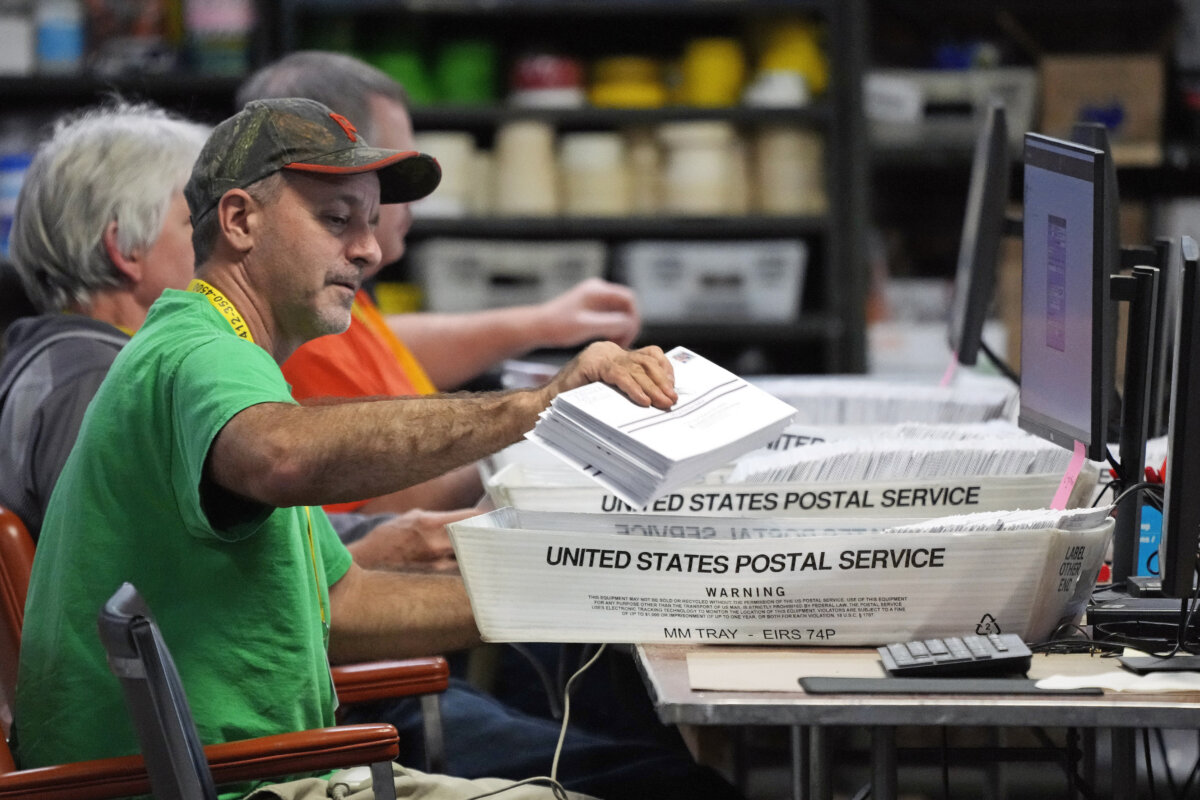VANCOUVER, B.C. – Fire officials in British Columbia say they aren’t letting their guard down even though cooler temperatures have cut the number of new fire starts in half and no new evacuation orders have been issued in the last 24 hours.
The Mount McLean fire that’s forced more than 2,000 Lillooet residents from their homes is now estimated at 36 square kilometres.
But Alyson Couch with the B.C. Forest Service says the fire has only grown in size because crews have been conducting successful burns.
“That means they’re getting rid of some unburned fuel so that the existing fire doesn’t have anything to grab onto,” Couch said in an interview Wednesday.
“They have been doing aggressive attacks on spot fires in the area and bucketing water with helicopters to support the ground crews.”
The fire, which sits just one kilometre outside the tight-knit community, is zero per cent contained.
But Couch said while fire officials have typically been noticing more than 100 new fire starts per day, on Tuesday they only counted about 50.
“I can say we’ve seen less fire starts and the fire behaviour hasn’t been as aggressive,” she said.
“The fire-danger ratings across the province are still high to extreme so we’re not letting our guard down whatsoever. It’s just that we’ve seen a bit of a lull in fire starts and aggressive fire behaviour.”
Couch said she hasn’t heard of any significant changes to any of the fires burning in the province, which is typically a good sign.
The Terrace Mountain blaze, north of Kelowna and near Fintry, is now estimated at 80 square kilometres and also sits one kilometre away from the nearest homes.
But fire information officer Mitch Miller says crews are making progress and containment has grown to 40 per cent.
“We’re doing pretty good. We didn’t have any surprises overnight, which is good news,” Miller said.
“Crews are using burnoff operations to strengthen the fireguards on the eastern and southeastern side of the fire. That’s the area where we’re most concerned.”
Rain is in the forecast but Miller said it has yet to arrive.
“The only rain we’ve seen is in the forecast,” Miller said.
“We’re not taking anything for granted. When we can measure the rain in the gauge, we’ll be happy with that because that will be a big help.”
British Columbia faces forest fires every summer, but a federal forestry expert said what’s strange about this year is the entire province is facing extreme fire danger at the same time.
Steve Taylor, a Canadian Forest Service research scientist, said the extended period of hot weather across the province has created a massive danger zone.
He said when fires devastated the southern Interior near Kelowna and Barriere in 2003, the northern half of the province and coastal regions were relatively fire free due to cooler temperatures.
But this summer, fires have been sparked across the province, including in the north and on Vancouver Island.
The communities of Lillooet and Fintry aren’t the only areas under threat.
Evacuation orders also cover homes near Bella Coola on the Central Coast and in the Interior in several communities west of Lillooet and north of Pemberton.
B.C. is depending on its good neighbour policy to import firefighters from other provinces and abroad, including Australia and New Zealand.
















